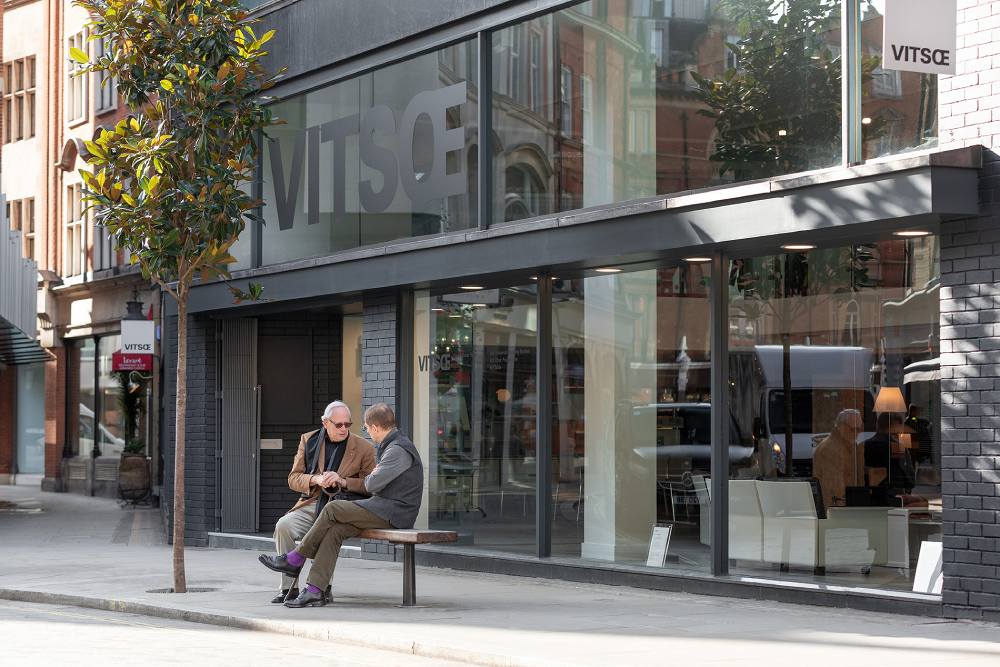The furniture company Vitsœ, solely producing furniture systems designed by Dieter Rams, was founded in 1959. Its director Mark Adams can look back on four decades of great challenges and accomplishments. Here, he speaks openly about working with Dieter Rams, the struggles of finding the right designer for the production building in Royal Leamington Spa, and his vision for the future of the company.
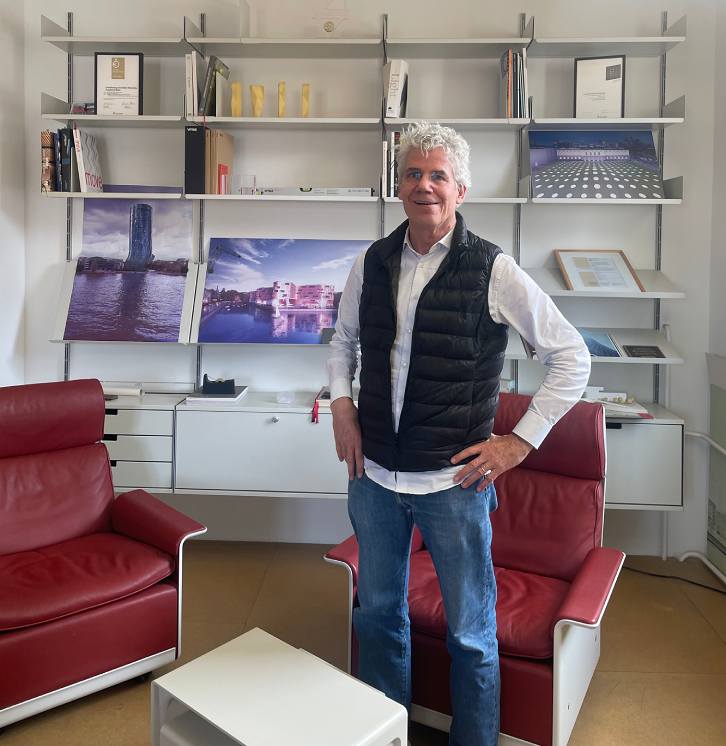
© Gerrit Terstiege

GT: Till, schneider+schumacher designed the Braun headquarters in Kronberg, which was completed twenty-five years ago. After a quarter of a century, how do you look back on the project today?
TS: Braun was an important project for us back then, as it is still today, because it brought us into contact with a different kind of corporate architecture. We were of course familiar with Braun’s design philosophy, but we realised through our exchange with them how close we actually are to what Braun stands for. Nevertheless, one cannot translate something like this directly, in other words, one cannot create a building that looks like a pocket calculator or a hi-fi system. With this in mind, it was important for us to design something that is both functional and innovative, so that the result has a pleasing effect on the people who work there. And for those who spend the money on it, the result should be something memorable, yet not loud. Communicative architecture, so to speak.
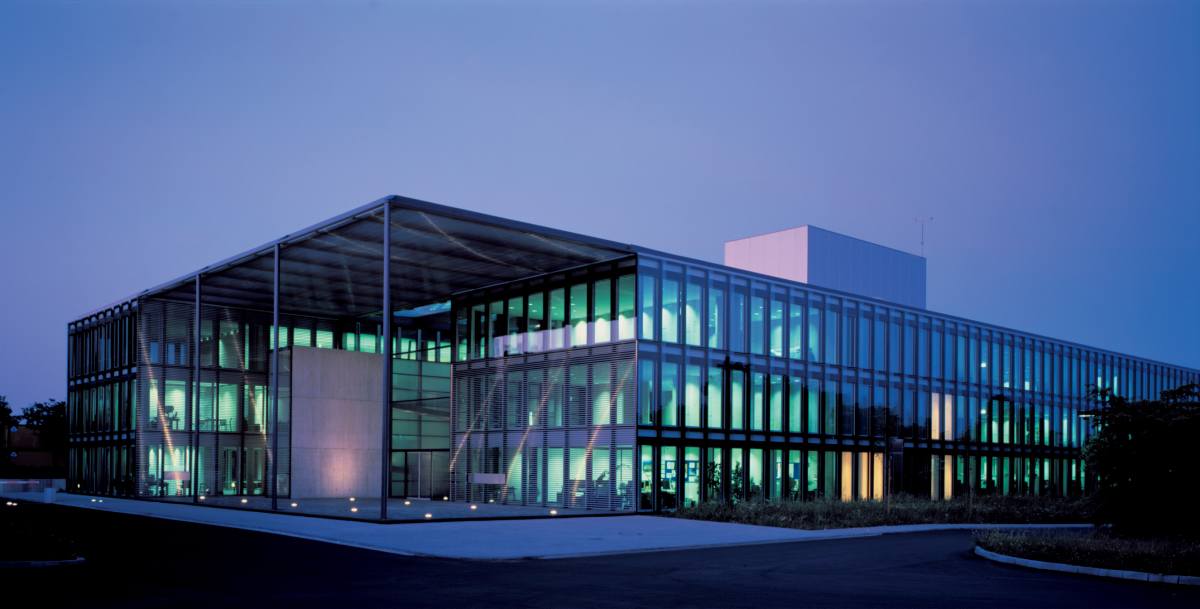
© Jörg Hempel
GT: Paul Watzlawick famously said: ‘You cannot not communicate.’ In this case, that could mean that even quiet, understated architecture is bound to carry a message. Before the actual design process, do you make a kind of list of keywords or characteristics that a building should exude?
TS: That was indeed the case with that building. Some of the ideas were already formulated in the briefing, others came from Braun’s design approach. For example, the idea of a self-explanatory design really impressed us. It also had an impact on the building’s layout, in relation to the entrance being easy to find and ensuring that no questions arise. When you enter this hall, some elements help to guide you to find your way through. This quickly gives you an overview, in terms of how big it is or how many floors it has, so that you can orient yourself quickly and easily. We also made sure that we reduced everything to what is really needed. Glass elements in the façade can be opened up like the outstretched wings of a bird in order to allow air to circulate. In addition, there are two layers in the façade, so the blinds can be adjusted as desired on the frame, individually and without remote control, in the same way that the outer façade panel opens automatically when the ventilation flap is opened. Originally, the building location was planned differently, namely where the car park is today. Our argument in favour of placing it along the road was that it was an opportunity to create something new. This was ultimately accepted.
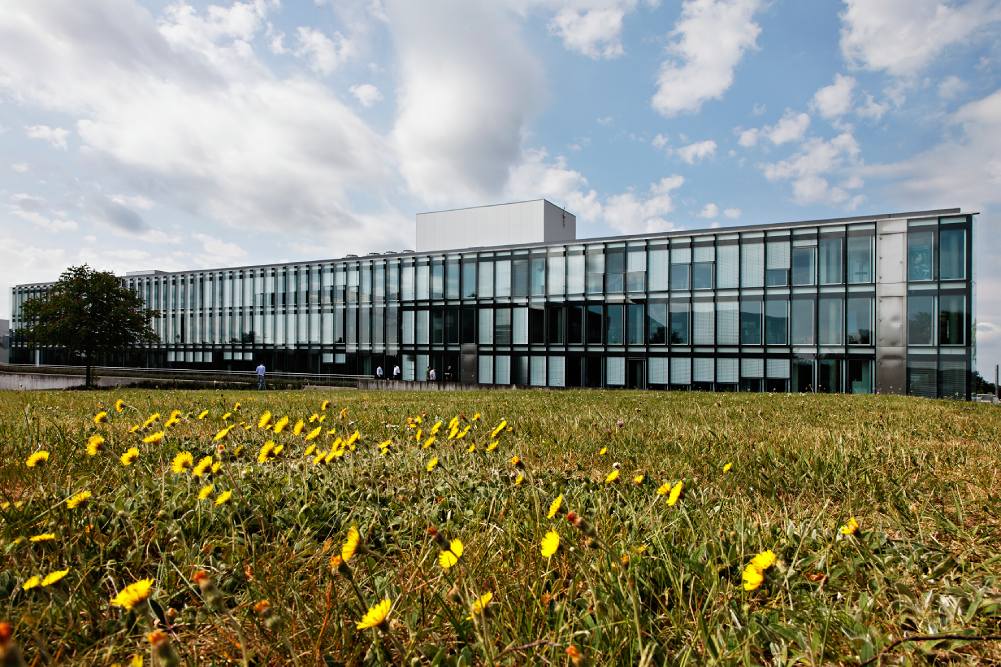
© Kirsten Bucher
GT: Did you have any kind of relationship with Braun or Dieter Rams before the Kronberg building project?
TS: I was familiar with Braun, naturally. I was aware of the alarm clocks. My first shaver was a Sixtant 8008, which I used for many years. I still have it today, though it unfortunately no longer works. I haven’t thrown it away because I just like it as an object. I liked holding it in my hand. Back then, I couldn’t afford a Braun stereo system. I did, however, have a Braun coffee machine, hand mixer, and an electric toothbrush.
GT: And Rams?
TS: We became aware of Rams when we participated in the competition involving Braun’s headquarters. He was there when we won first prize, though we didn’t have that much contact at first. I think he looked on it favourably. A real relationship began to develop when we acquired his Vitsœ shelving system for our office. It was almost like a typical little showroom. We met Rams more often over the years, also through Klaus Klemp, who established the contact. It was always a pleasure for us to see each other. The fact that Dieter Rams was, or still is, an architect himself means that he has this affinity with architecture and architectural issues.

© Vitsœ
GT: He also designed the Schwarzer Stern (“Black Star”) administration building on the Braun company premises in Kronberg and he contributed to the design of the Roter Hang (“Red Slope”) housing estate, giving it impetus.
TS: His house, which is actually a semi-detached house, is a dream. Its spaciousness and clarity, in terms of how you find your way around, also represents a closeness to people and the way in which one relates to the property on the estate.
GT: In the film about Rams by Gary Hustwit, an aerial view shows the basic structure of the estate. It’s quite densely built with a highly efficient utilisation of space, yet it also has its own rhythm and provides enough space for the residents. You go there several times a year because you are also active on the board of trustees of the rams foundation. Is there something that you have learnt from Dieter Rams, or that particularly interests you about his design approach?
TS: I think a few things have already been mentioned, such as how to create a certain density and clarity through the concentration and reduction of a design. His credo ‘Less, but better’ certainly holds true for some of our projects. In this context, Egon Eiermann also had a wise saying: ‘Make it as simple as possible—whatever the cost.’ This sentence illustrates that it is not easy to create something simple. On the contrary. It often takes a lot of effort. After all, simplicity is also about precision and care.
GT: To achieve this goal, architects must choose suitable clients. One should pull together. There was a mindset at Braun from the mid-1950s onwards, an attitude in the company, that wanted to bring about exactly the kind of clarity and simplicity that was in line with Rams. It’s 2025 now and you are also realising projects in China. When I see some Chinese skylines, I’m reminded of amusement parks where every building wants to be more exaggerated than the next. How do you deal with such an environment?
TS: This type of thing is known as ‘look at me architecture’, when against all odds, no matter where a building is located, no matter what purpose it is intended to serve—a form of expressiveness is sought. This begs the question: what’s the point? What solutions does it offer? Does this building provide insights into urban space? Does it benefit users or investors? What is it actually there for? Most likely to benefit the investors. We tend to work in a more silent way, formally speaking . And if things go well, we build up a relationship with the clients. No matter whether they are private clients, where it’s easier, or institutional clients. In the public sector, contracts are usually awarded through competitions. If you win over a jury, you also have a stronger backing for your proposal. Over the course of our more than thirty-five-year history, there have been perhaps two or three occasions when our clients and ourselves didn’t see eye to eye—when we decided that it didn’t make sense to carry on with the working relationship. And we parted ways entirely by mutual agreement. That’s why we always start with a low-threshold project, make a proposal and, if we like it, we’re keen to continue. If we don’t get on with the response, or if we realise that our views on things are too different, then it’s pointless to continue working together.
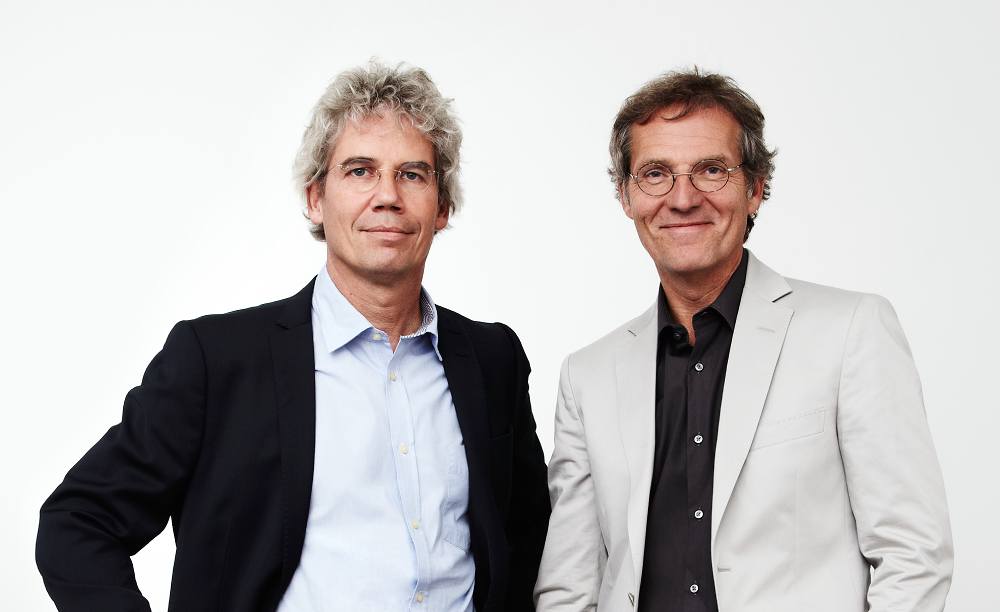
© Kirsten Bucher
GT: In contrast to design, large firms in architecture were often founded by a duo, such as Herzog & de Meuron, Bethem Crouwel, SANAA, Lacaton & Vassal … Why is that?
TS: Architecture is a complex field. Due to the multitude of issues that influence architecture today, for example building law, the issue of sustainability and its associated preconditions … with so many aspects it’s good to have a partner on an equal footing with whom you can exchange ideas and get along.
GT: How exactly is your partnership with Michael Schumacher structured? Is there a fixed separation of responsibilities?
TS: Let me put it this way: we are relatively similar in our perspectives. Michael is the more extroverted of the two of us. His professorship also lends him a different external presence. When it comes to a design, we always decide which of us will do it. It’s better if one of us is responsible for the design. If that person feels like it, then he gets the other one on board by saying: ‘Here, I need to show you something’. But neither of us necessarily has to follow what the other suggests or remarks on. Each can say: ‘Okay, I’ve heard that now, I’ve understood—you would do it differently. I’ll still do it this way though.’
